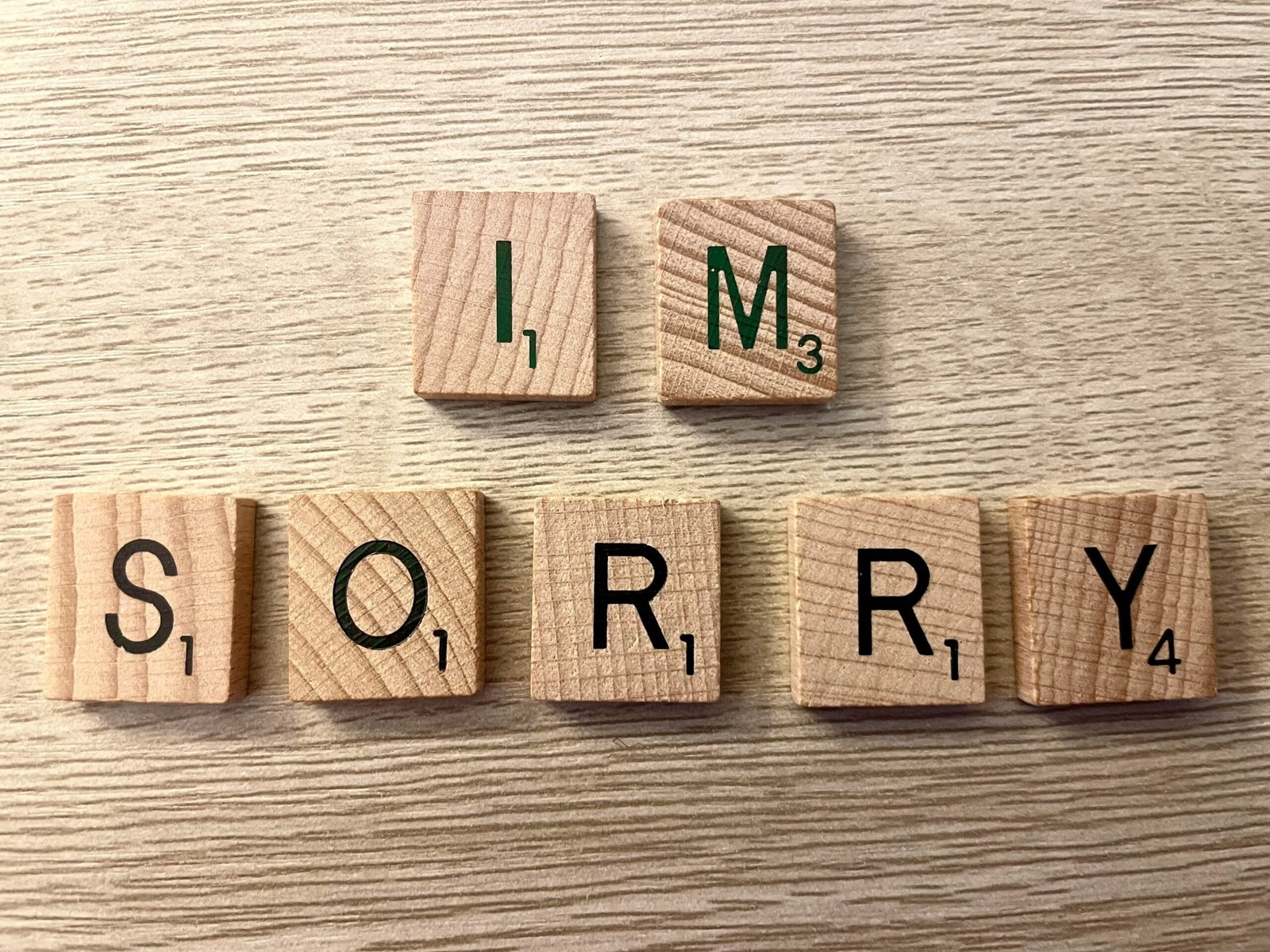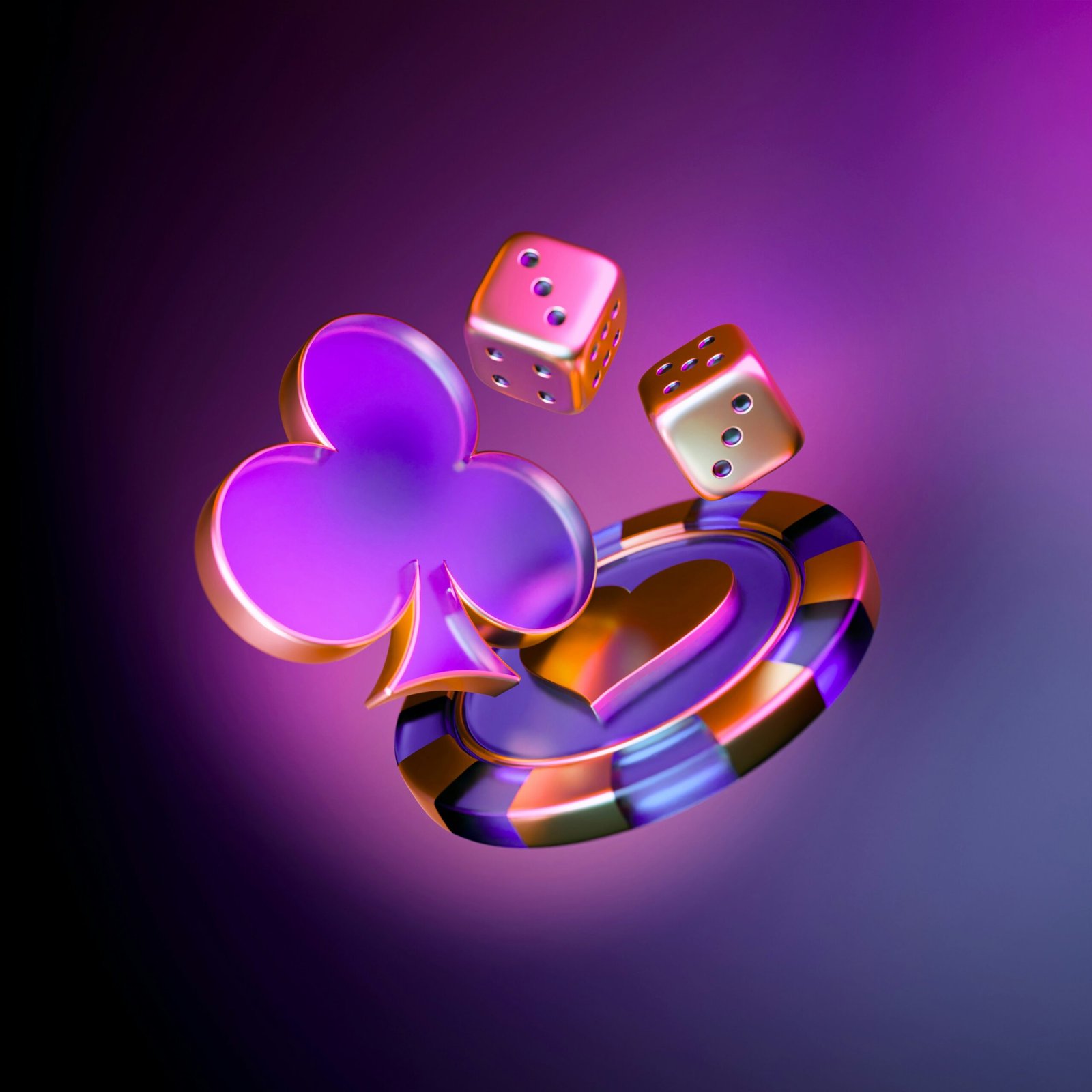How to Host the Perfect Poker Party
Written by Pamela Jo Jones on December 4, 2024

Setting the Scene: The Right Venue and Ambiance
Hosting a successful poker party starts with the right venue, an aspect that greatly influences the overall experience. An ideal location should accommodate all guests comfortably while allowing for sufficient space for a designated poker table. When selecting the venue, whether it is your home or a rented space, consider the layout. A comfortable poker setup generally necessitates a large table around which players can gather easily, as well as additional seating for spectators or guests not actively playing.
Lighting plays a vital role in creating the atmosphere of the event. Soft, adjustable lighting can help to reduce glare on the cards while maintaining an inviting ambiance. Avoid overly bright lights, which can be disruptive, or dim settings that may hinder visibility. If possible, use a combination of ambient and task lighting to ensure the space is both functional and cozy. Additionally, consider the temperature of your venue; maintaining a comfortable climate is crucial for keeping guests relaxed and focused on the game.
Incorporating decorations can elevate the ambiance of your poker party. Themed decor such as playing cards, poker chips, and even casino-style elements can create an authentic feel. Ensure that your decor is not overly cluttered to maintain a clear view of the poker table. Music should also be selected thoughtfully; aim for background tunes that encourage conversation but do not overpower the engagement of the game. Genres such as jazz or classic rock can provide a pleasant atmosphere without distracting the players.
Ultimately, it is important to create an organized space and an inviting atmosphere that allows everyone to enjoy the experience. By thoughtfully planning the venue and ambiance, you can set the stage for a memorable poker night that keeps your guests returning for more.
Essential Supplies for Your Poker Party
When organizing a successful poker party, the right supplies are crucial to create an engaging atmosphere and ensure a seamless experience for all players. At the foundation of any poker game are high-quality poker chips and playing cards. For the poker chips, it is essential to choose a sturdy material, such as clay composite or ceramic, as these provide a better feel and sound during the game. A typical set of poker chips includes a variety of colors, each representing different denominations, and a recommended quantity is 300 chips for a group of up to ten players. Brands such as Copag and KEM offer premium options that have gained popularity among seasoned players.
Equally important are the playing cards. Selecting cards that are durable and easy to shuffle is vital for maintaining the flow of the game. Popular brands, including Bicycle and Copag, are well-known for their quality and longevity. A deck of cards for each table is suggested, allowing for quick replacements during long sessions. Additionally, consider adding a card shuffler to your inventory, which can save time and enhance the gaming experience, especially with larger groups.
Beyond chips and cards, having the right table setup cannot be overlooked. A dedicated poker table can add a touch of class to your event, but alternatively, you can use a table covered with a felt tablecloth designed specifically for poker. Furthermore, dealer buttons are a great addition to indicate the active dealer during the game. To ensure fairness and keep the games flowing smoothly, it’s essential to have clear rules established for various poker variants, such as Texas Hold’em or Omaha, including guidelines for blinds and betting structures. This foundational setup will guarantee that your poker party is both enjoyable and memorable.
Food and Beverages: Keeping It Fun and Casual
When organizing a poker party, the selection of food and beverages is critical for ensuring a relaxed and enjoyable atmosphere. Opting for finger foods and snacks that are easy to handle will allow players to indulge without significant interruption to the game. It is advisable to choose items that can be eaten with one hand, such as sliders, wings, and vegetable platters. These choices not only provide a fulfilling experience but are also manageable for participants engrossed in the game.
For a diverse menu, consider offering a variety of snacks that cater to different tastes. Chips and dips, nuts, and popcorn provide an effortless yet satisfying option. You can maintain the poker theme by incorporating a few playful elements, such as serving poker-themed cupcakes or cookies designed to resemble playing cards. This adds a fun twist to the usual snacks, enhancing the overall ambiance of the gathering.
In terms of beverages, offering a range of options is essential. Beer and wine are popular choices, appealing to many guests, while non-alcoholic drinks, such as soda or sparkling water, should also be available. To elevate the experience further, consider serving themed cocktails that echo the spirit of poker. For instance, a “Royal Flush” cocktail made with a fruity mix or a “Full House” drink with layered ingredients could be crowd favorites. Ensuring that drinks are easily accessible will keep the focus on the game and maintain a smooth flow throughout the event.
Taking into account dietary restrictions is also vital when planning your poker party menu. Providing vegetarian options or gluten-free snacks ensures that all participants feel accommodated. Ultimately, with thoughtful culinary choices, your poker night can be transformed into a memorable occasion without detracting from the enjoyment of the game itself.
Inviting the Right Guests: Balancing Fun and Competitiveness
When organizing a poker party, one of the most critical aspects is selecting the right guests. The balance between fun and competitiveness is essential for creating an enjoyable atmosphere. It is advisable to invite a mix of experienced players and novices to cultivate an inclusive environment that fosters friendly competition. Including a variety of skill levels allows seasoned players to mentor beginners, enhancing the overall experience for all attendees.
Communication is paramount prior to the event. It is beneficial to inform guests about the structure of the game, the house rules, and any specific expectations you may have for the evening. This transparency ensures that everyone is on the same page and minimizes the chances of misunderstandings or disagreements during gameplay. Sending out an invitation with clear details can also help set the tone of the event, stressing the importance of sportsmanship and enjoyment over cutthroat competition.
Furthermore, nurturing a positive environment involves careful consideration of the social dynamics at play. When inviting friends, think about their personalities and how they will interact with one another during the game. It is often beneficial to mix individuals who know each other with newcomers, as this can break down any barriers and promote camaraderie. Encourage guests to engage in light-hearted banter and shared stories to maintain a fun ambiance, even amidst the competitive spirit of poker.
While some degree of competition is inherent in poker, it is essential to manage the intensity of the game. If any disagreements arise, remind guests to focus on the enjoyment of the game rather than solely on winning. By fostering a collaborative and inclusive spirit, your poker party is likely to be a success, yielding both memorable moments and spirited gameplay.



